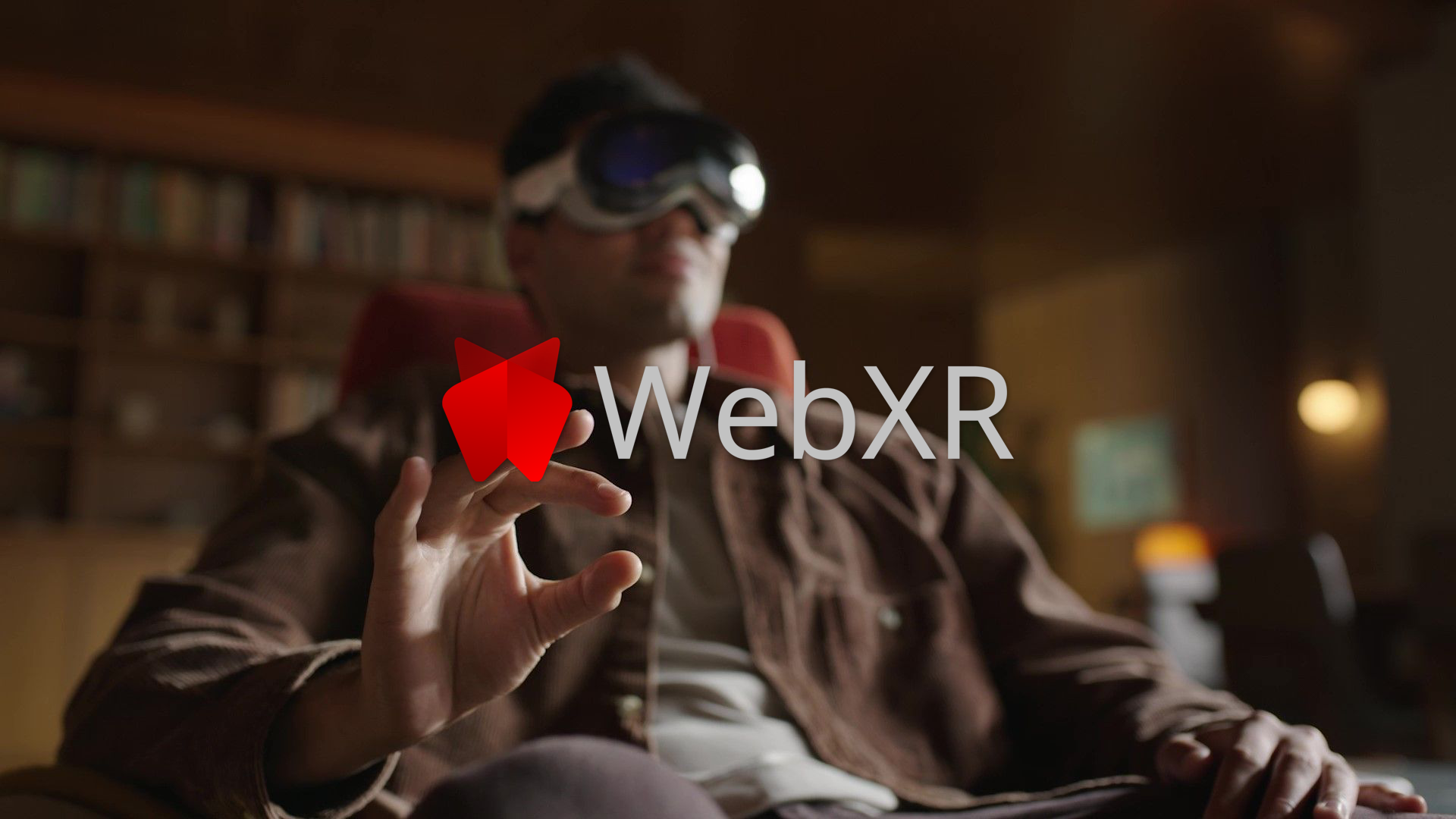
Safari on Apple Vision Pro now lets WebXR leverage the headset’s default input system.
WebXR isn’t enabled on Vision Pro by default, but you can turn it on in the advanced settings of Safari. Until now however WebXR developers have only been able to use hand tracking and implement direct touch or wrist-driven interactions, as Vision Pro doesn’t include tracked controllers and WebXR doesn’t support eye tracking.
Apple has now worked with the W3C standards agency to add a new transient-pointer input mode to WebXR, which lets web developers leverage the headset’s default interaction system where you point with your eyes and pinch to click.
WebXR’s new transient-pointer in Safari on Apple Vision Pro
Like in the Shared Space for native apps on visionOS, transient-pointer is designed with privacy at the forefront. Developers only receive input when the user is pinching, and it’s just a ray relating to where the user is looking and where their wrist is. Developers do not get continuous eye tracking data, and they still have to request skeletal hand tracking data as a permission if they want it.
Apple says it’s working with popular WebXR frameworks to incorporate transient-pointer to make it easy for web developers to support.
The transient-pointer mode is included in the latest draft of the WebXR specification, meaning it should become standard soon. Future headsets with hand and eye tracking will likely add support for it in their web browsers, and Meta could even potentially support it on the existing Quest Pro.
- SEO Powered Content & PR Distribution. Get Amplified Today.
- PlatoData.Network Vertical Generative Ai. Empower Yourself. Access Here.
- PlatoAiStream. Web3 Intelligence. Knowledge Amplified. Access Here.
- PlatoESG. Carbon, CleanTech, Energy, Environment, Solar, Waste Management. Access Here.
- PlatoHealth. Biotech and Clinical Trials Intelligence. Access Here.
- Source: https://www.uploadvr.com/webxr-apple-vision-pro-input-system/



